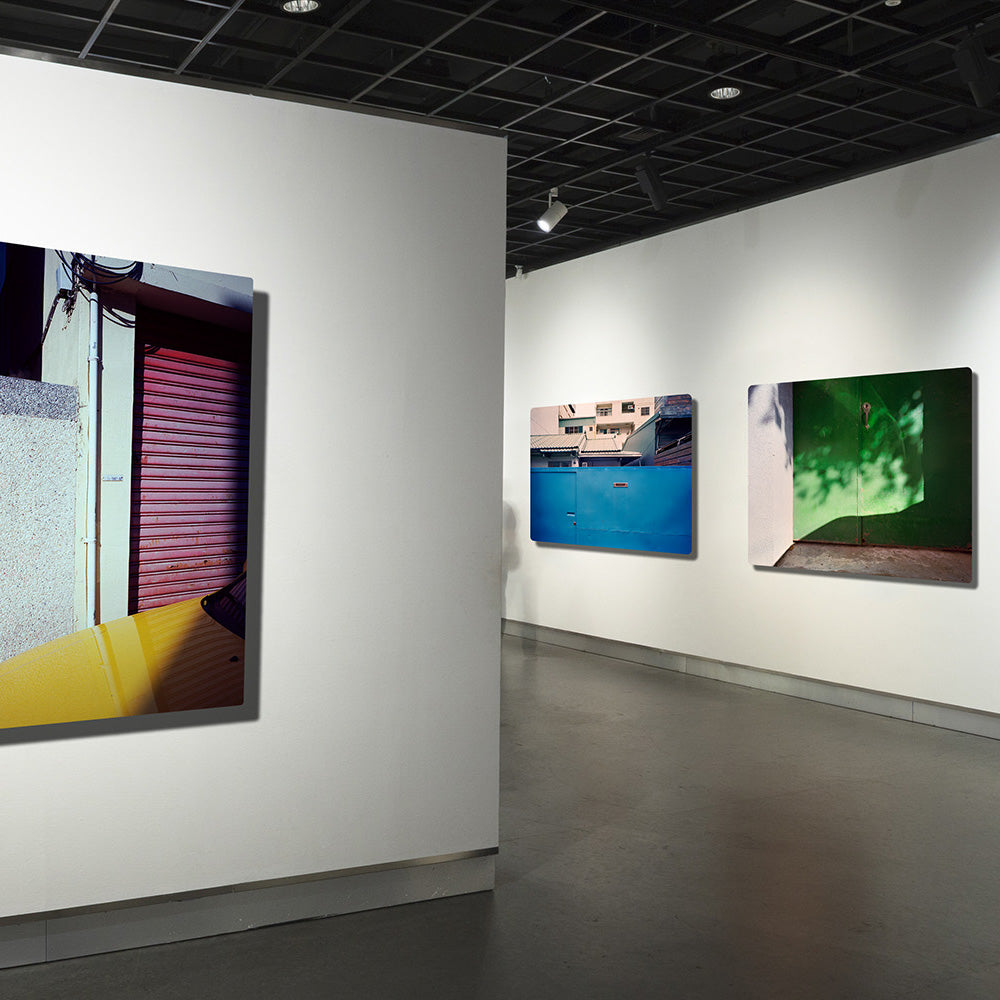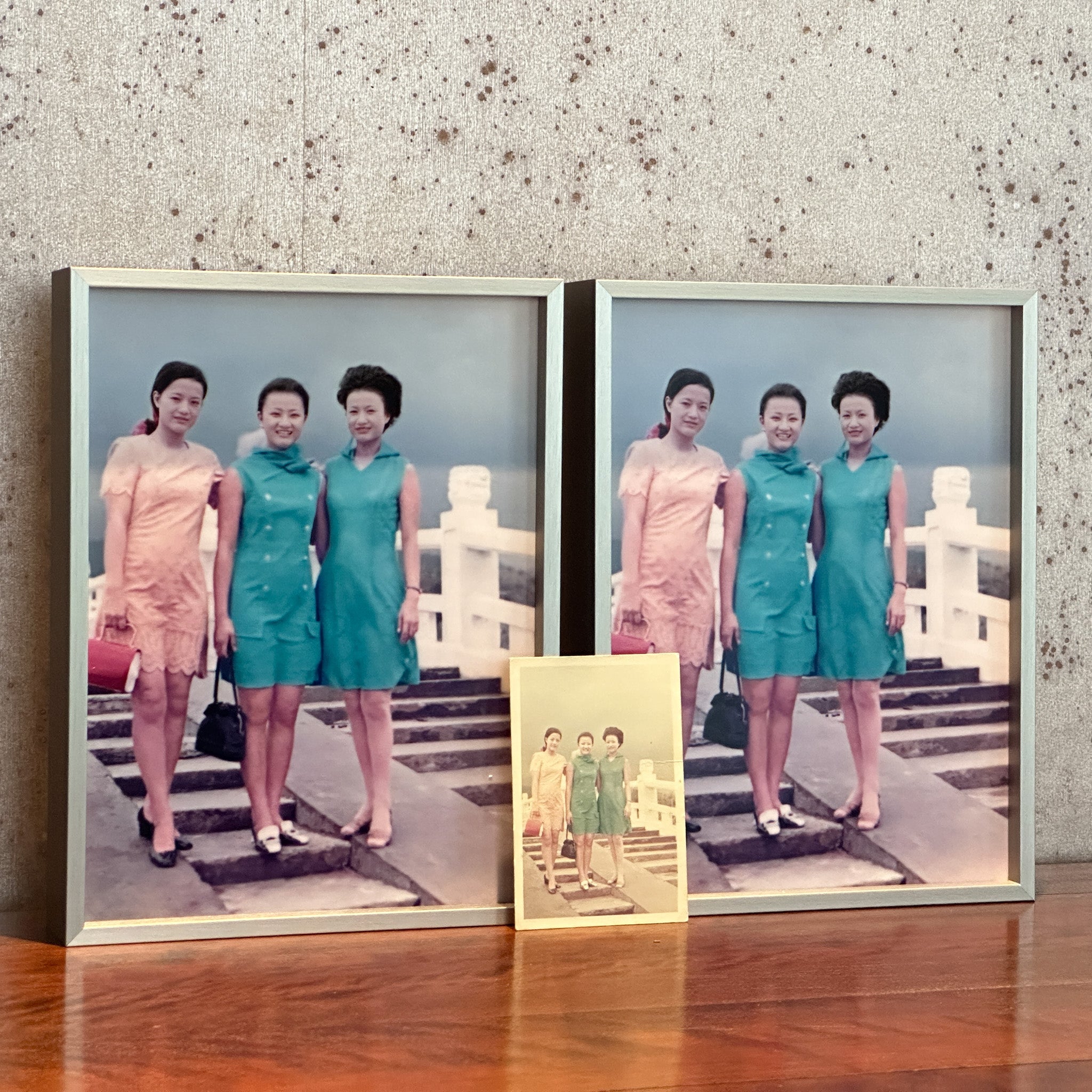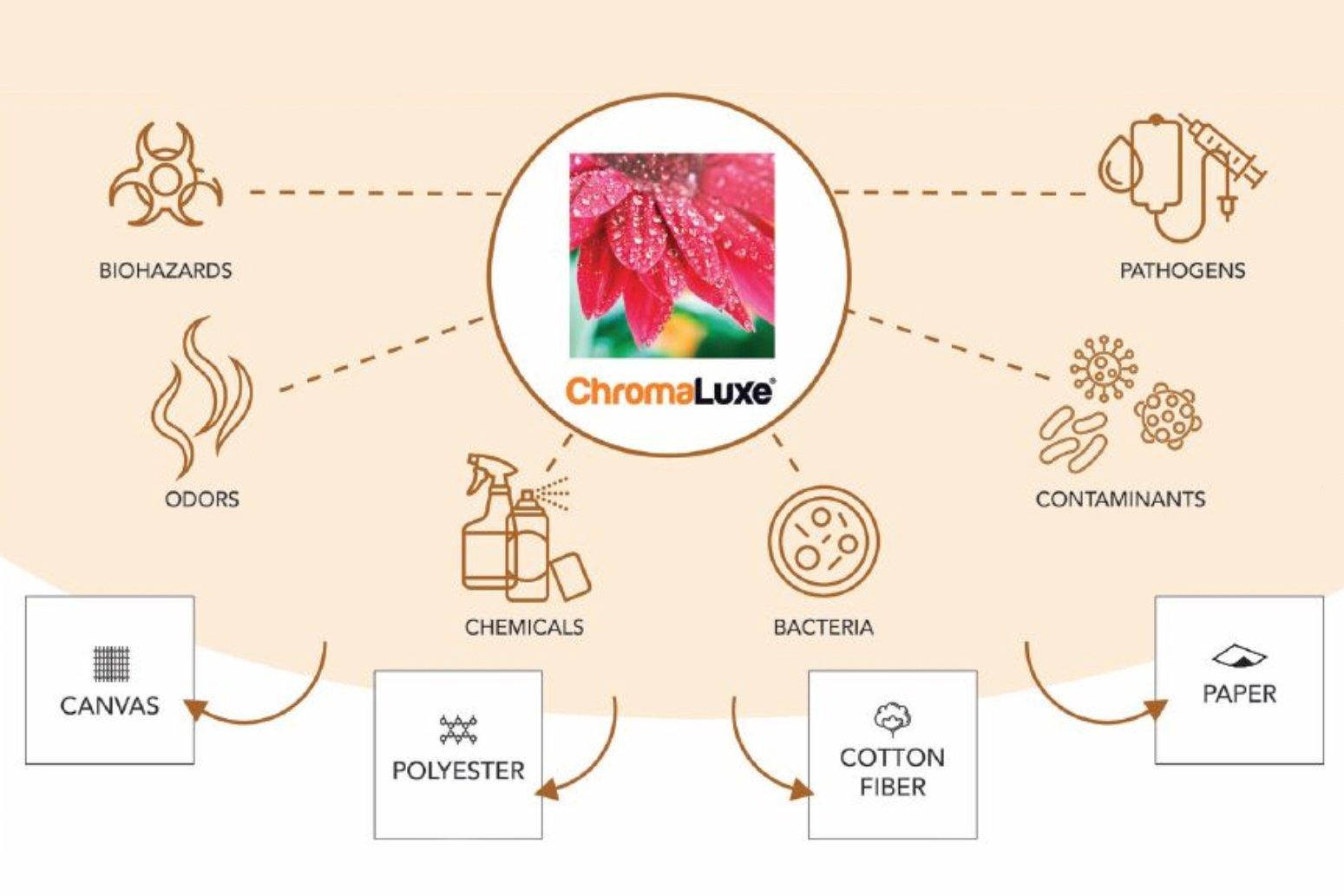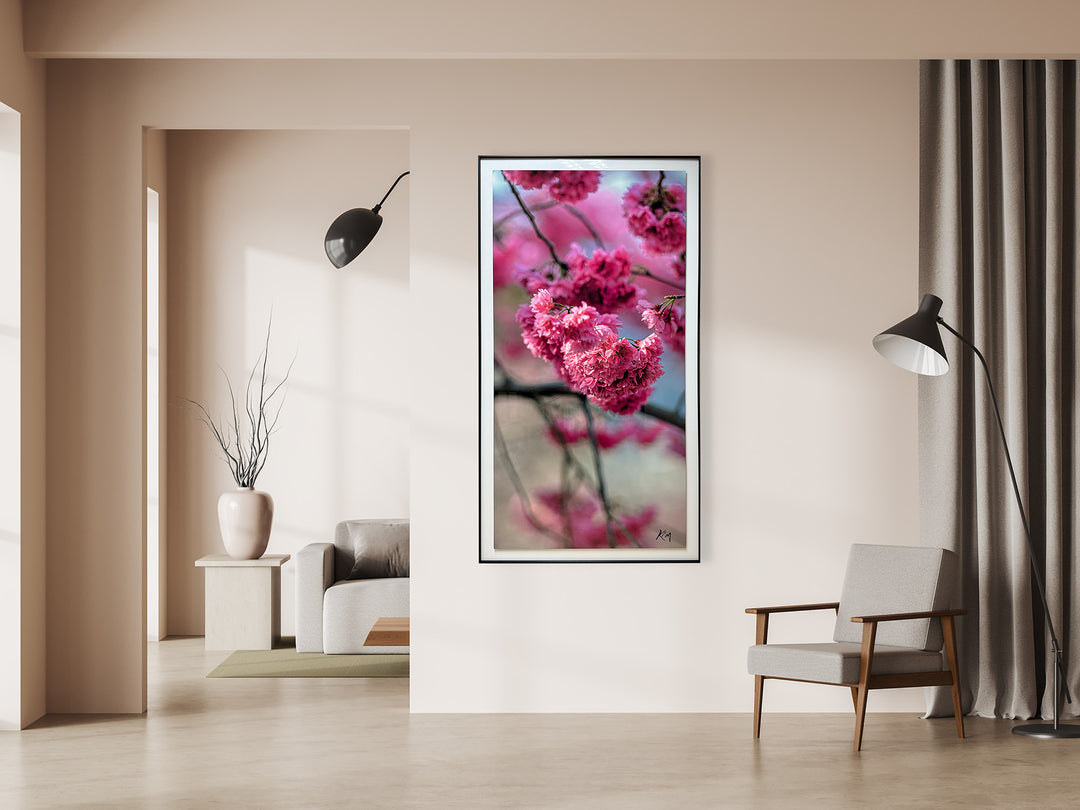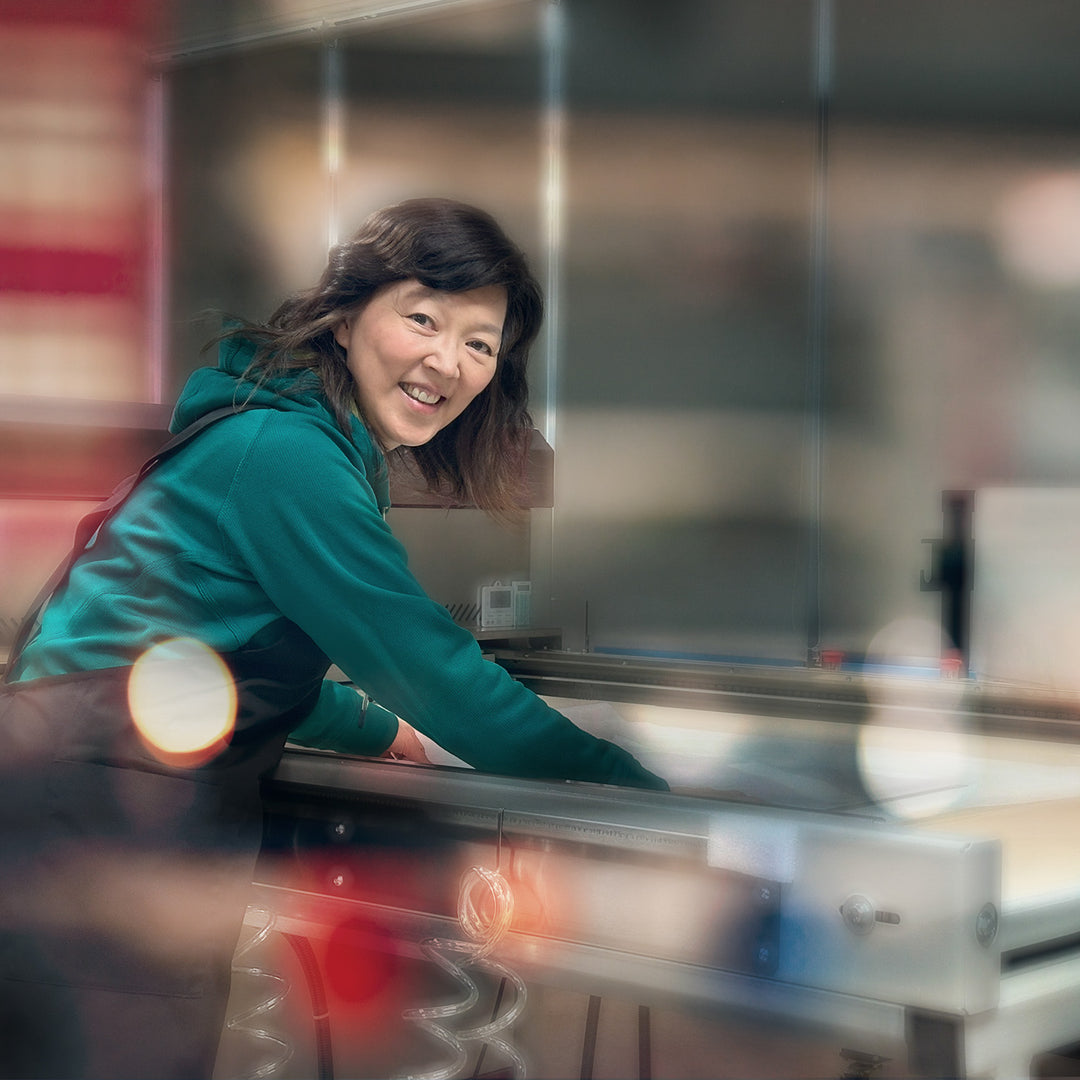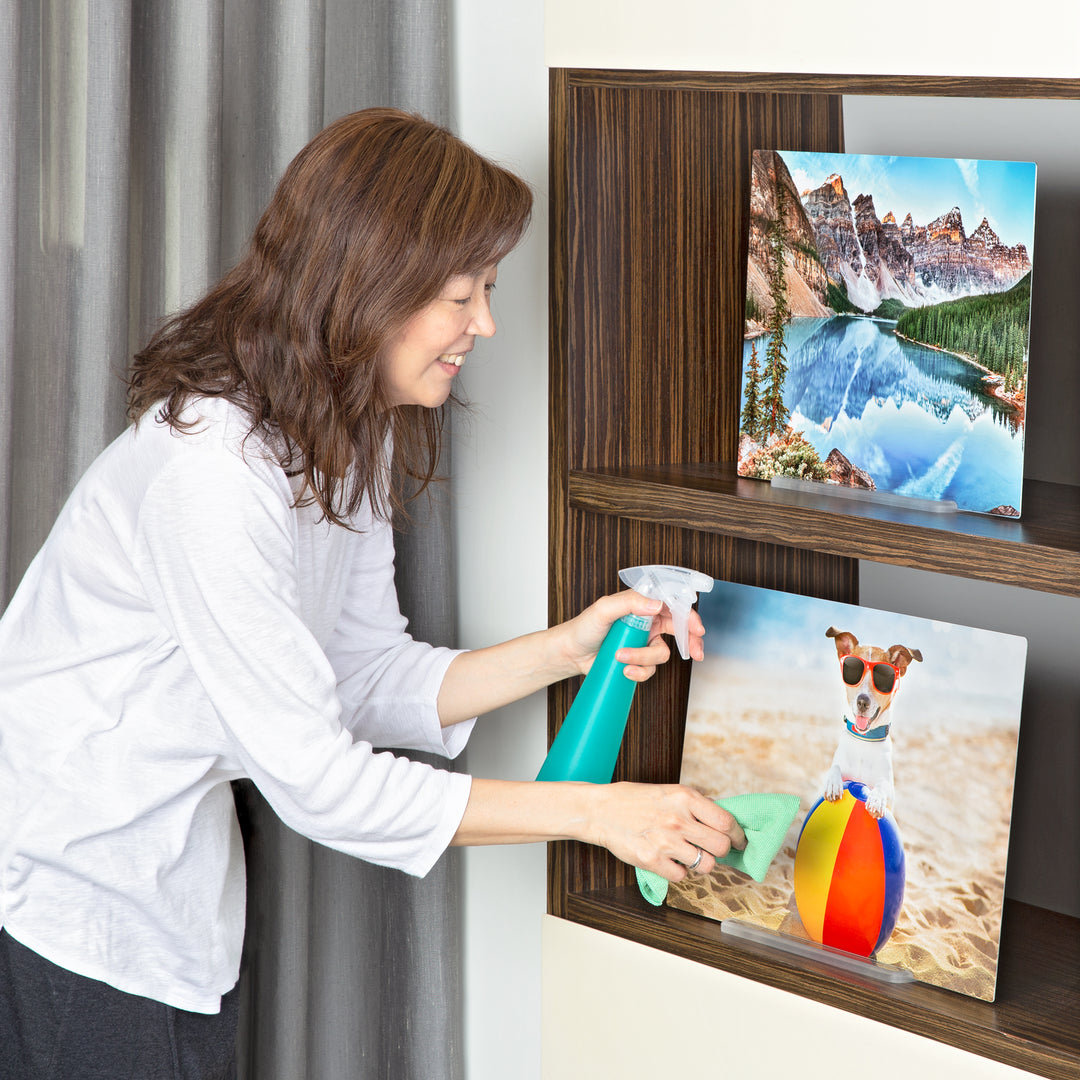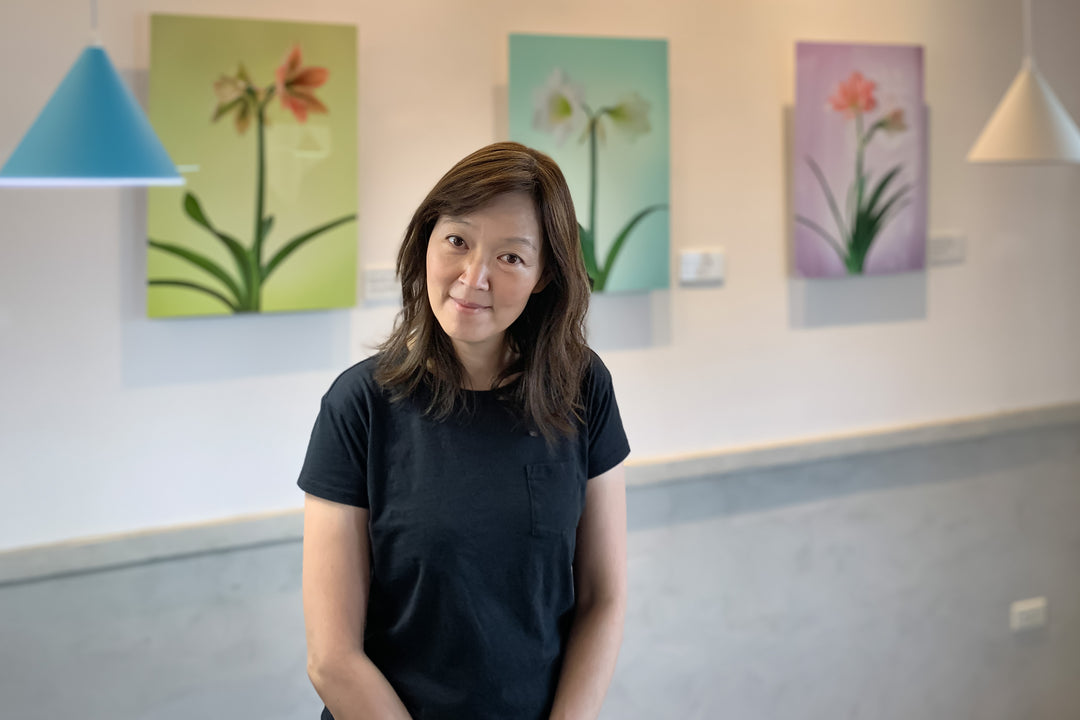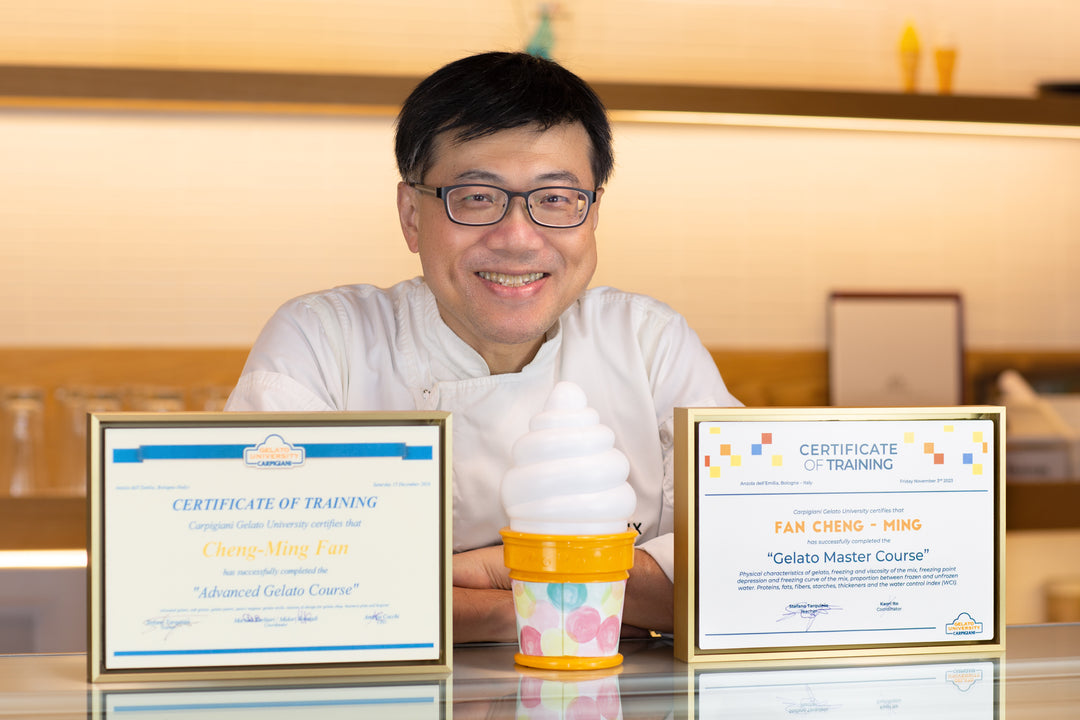The following is our translation of the latest news on the ChromaLuxe official website into Chinese, and the original English text is attached at the end for the reference of interested friends to further understand the safety and durability of metal printing. If you have further questions , welcome to contact us, we will try our best to reply you!
"The surface of ChromaLuxe is a cross-linked coating", what does this mean?
The chemical process that links polymer chains together is called " cross-linking " (Note 1). The polymers of the ChromaLuxe coating are unlinked and free to move within the coating until production of the ChromaLuxe panel is complete.

ChromaLuxe metal aluminum panels meet the highest standards of safety
All surface coatings used on ChromaLuxe panels are resistant to all forms of chemicals, bacteria, pollutants, and pathogens . Because the coating is a smooth surface, ChromaLuxe panels can be easily and thoroughly cleaned with detergents, unlike other output media such as canvas, photographic paper, and powder-coated panels.
Due to the fact that the surface is composed of cross-linked coatings, all ChromaLuxe panels have neither open nor closed cells, which means that all our products offer protection equivalent to that of a closed cell surface - unrivaled chemical resistance and contamination resistance - to meet the most stringent safety requirements.
ChromaLuxe is the ideal output medium for use in environments where hygiene, cleanliness and safety are of the utmost importance , ensuring the safety of all who may approach or come into contact with the medium.
What does "cross-linking" mean?
As mentioned earlier, ChromaLuxe panels are coated with a cross-linking coating, and the chemical process of linking polymer chains together is called "cross-linking." The polymers of the ChromaLuxe coating are unlinked and free to move within the coating until production of the ChromaLuxe panel is complete.
To make this easier to understand, let's take pasta in a pot as an example. Imagine each thread as a polymer, and each noodle can be pulled from the pan individually. Cross-linking is the chemical reaction that links polymers together, and in this pasta example, all the noodles are now linked together and can be pulled out of the pan all at once rather than individually.
As coated panels move along our coating lines, they reach a point in our proprietary process where a chemical reaction causes the polymers in the coating to bond together; this is known as crossover Link. Since all polymer strands are connected end to end, they form one long, stable polymer strand.

100% cross-linked polymers give ChromaLuxe panels exceptional durability , scratch resistance , chemical resistance, stain resistance, color retention, and fade resistance . In addition, this cross-linked coating is also printed on ChromaLuxe panels, which can be cleaned with a variety of cleaning agents and will not affect the thermal transfer image.
Note 1: Cross-linked Wiki
A cross-link is a bond that connects one polymer to another polymer. They can be covalent or ionic bonds. "Polymer chain" can refer to synthetic polymers or natural polymers (such as proteins). When "cross-linking" is used in the scientific field of synthetic polymers, it generally refers to the use of cross-links to facilitate differences in the physical properties of polymers. When "cross-linking" is used in the biological field, it refers to linking proteins together using a probe, examining protein interactions, and other cross-linking methods.
Cross-links are commonly used in synthetic polymer chemistry and bioscience. Although the term is often used to refer to the two scientific "linkers of polymer chains," the extent of cross-linking and the specificity of cross-linking differ. Of course, there will be some degree of overlap in all sciences, and the following delineation is a starting point to understand their subtle differences.
When cross-links are added to a long rubber molecule, it becomes less stretchable, more rigid and has an increased melting point.
>> View the full text of the cross-linked wiki


